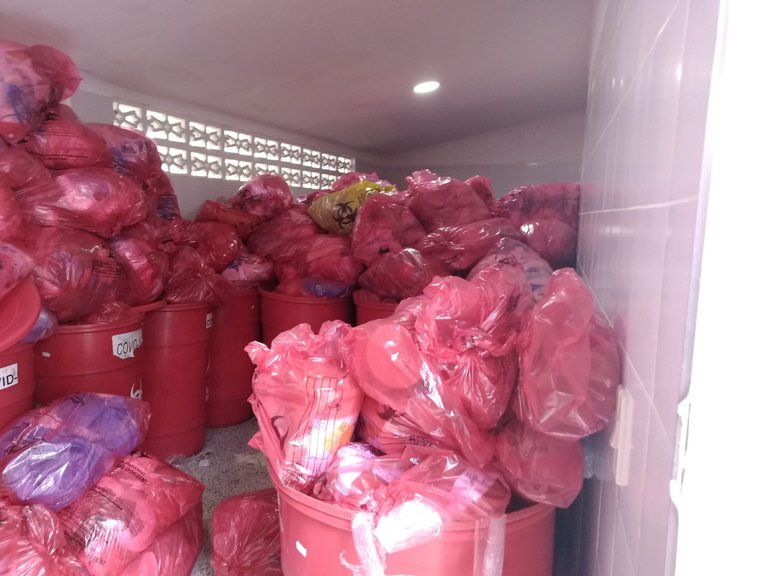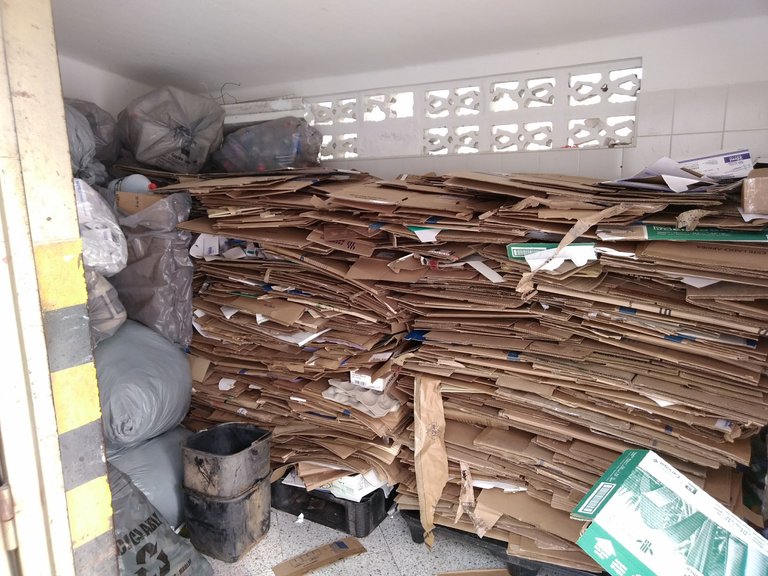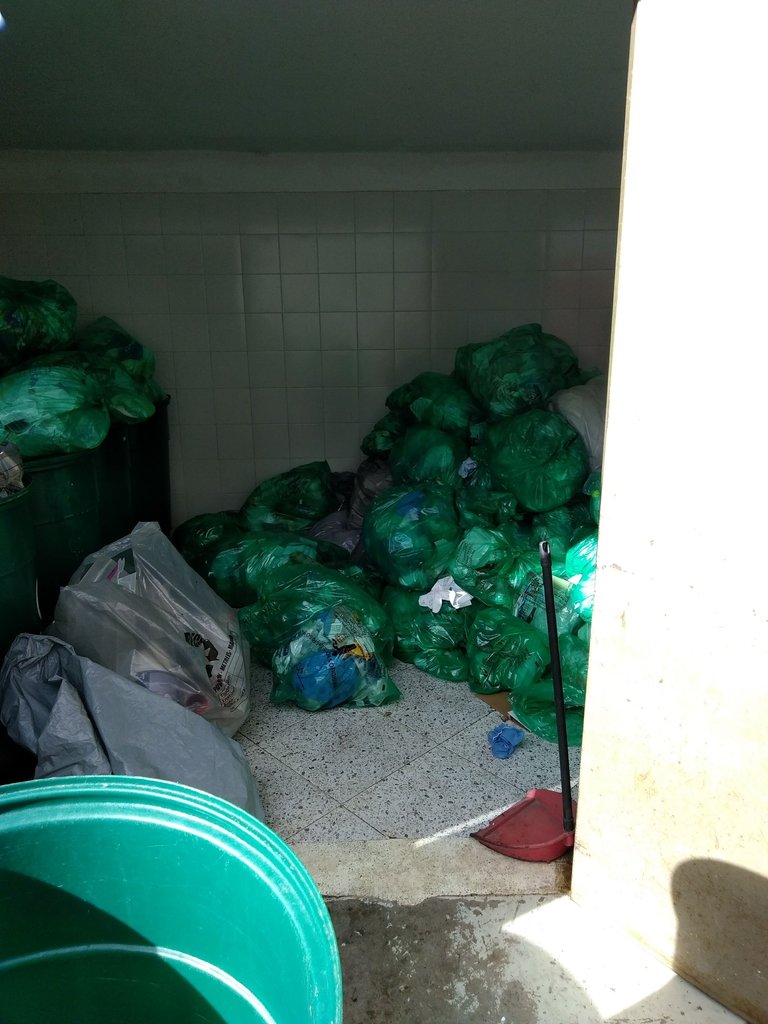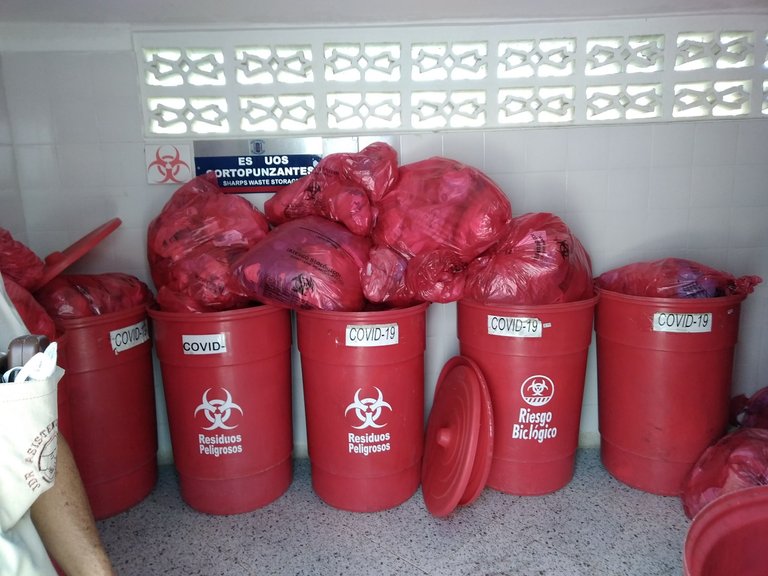En el año 2020 tuve la oportunidad de trabajar en un hospital donde era el epicentro de la enfermedad en mi región, era practicante de una carrera que se llama Gestión ambiental, dónde tenía que poner en regulación los temas ambientales del hospital, como lo son vapores de la caldera para lavar la ropa, la trampa de grasas del restaurante, el gasto desenfrenado de agua, y lo que más impresión me dio, los residuos.

Los residuos que se generaban en el hospital eran estos.
1.Reciclables: papeles, cajas y plástico que salía tanto en el área operativa como administrativa, te preguntarás porque cajas, la mayoría eran dónde venían los tapabocas (eran muchísimas cajas)

2.Orgánicos: eran todos los desperdicios que generaba el restaurante, al ser el epicentro de la enfermedad había muchísima gente.

- Anatomopatologico: es uno de los residuos que más impresión me dio, son aquellos miembros del cuerpo que se cortan a los pacientes ya sea por gangrena, infección o quemaduras grabes, cuando yo entre a trabajar allá era pleno Diciembre y este tipo de residuos eran muy comunes por quemaduras con pólvora.
- Peligrosos: es el residuo que más miedo me dió, literalmente era COVID encerrado en bolsas, era muy impresionante ver la cantidad de residuos de ese tipo.
se tenía un espacio completamente alejado del hospital donde se almacenaba y cada dos días llegaba una empresa dedicada para ese tipo de residuos, lo que hace esa empresa es literalmente incinerar esas bolsas con un procedimiento de bioseguridad impresionante.

Are una segunda parte de este post pronto, agradezco muchísimo su apoyo si les gusto.
my experience working in a pandemic.
In 2020, I had the opportunity to work in a hospital that was the epicenter of the disease in my region. As a practitioner in the field of Environmental Management, my role was to regulate environmental issues within the hospital, such as boiler vapors for laundry, grease traps in the restaurant, excessive water consumption, and what left the most impression on me—the waste.

The generated hospital waste was categorized as follows:
1 Recyclables: Papers, boxes, and plastic from both operational and administrative areas. Interestingly, a significant portion consisted of boxes used for mask packaging.

2 Organic: All the waste generated by the restaurant, which saw a high volume of people due to being at the epicenter of the disease.

3 Anatomopathological: One of the most impactful waste categories, encompassing body parts removed from patients due to conditions like gangrene, infection, or severe burns. During my tenure in December, there was a notable increase in this type of waste due to burn injuries related to fireworks during the holiday season.
4 Hazardous: The most concerning category for me; it literally contained COVID-19 material sealed in bags. Witnessing the abundance of this type of waste was truly overwhelming.
The hospital had a designated area, completely isolated from the main facility, where these wastes were stored. Every two days, a specialized waste management company would arrive to incinerate these materials using an impressive biosecurity procedure.

I will be sharing a second part of this post soon, and I deeply appreciate your support if you found it interesting.